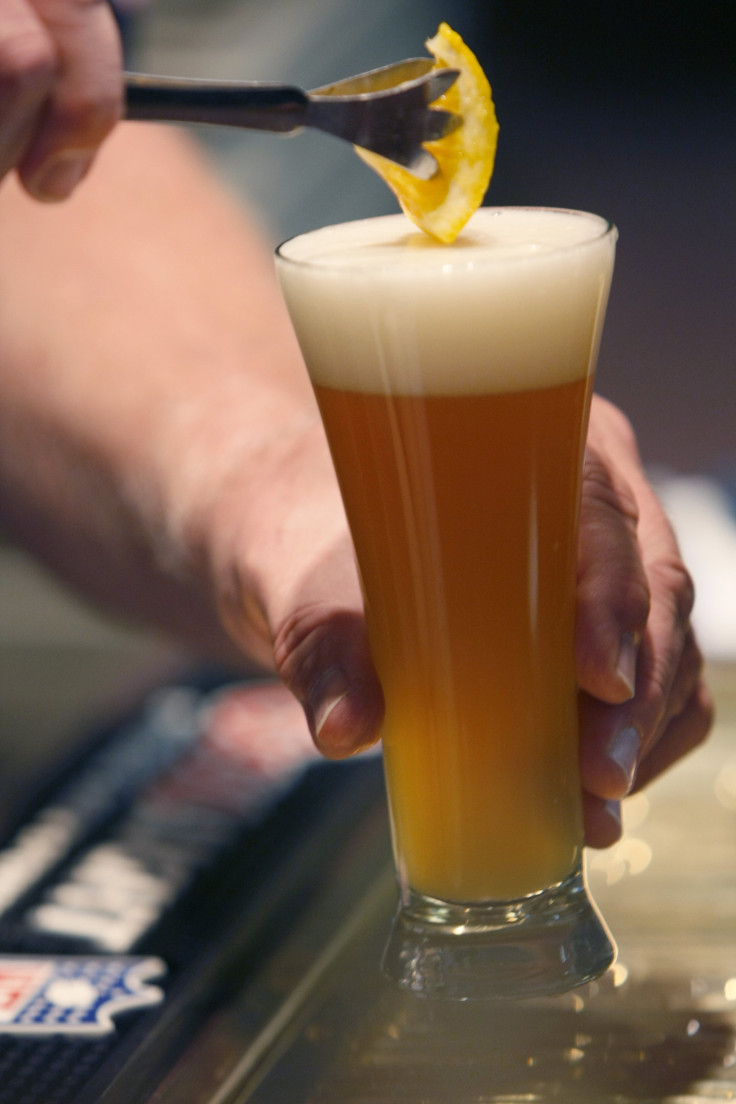Raise Your Glass: The Shape of It May Impact How Much You Drink

If you go out one night and end up drinking more than you'd expected to, maybe you should blame the shape of your glass. A new study performed on British beer drinkers found that curved glasses impacted the speed at which people drank.
Binge drinking is a growing problem among young people in the United Kingdom, but it is a problem that we know all too well in the United States. In fact, it is described on the Centers for Disease Control and Prevention's website as a "common pattern of excessive alcohol use." Binge drinking is marked by four or more drinks for women, or five drinks or more for men, in two or less hours. Because timing is an important component to binge drinking, researchers thought that it might be important to determine factors that might affect the speed of drinking.
The study was undertaken by Angela S. Attwood and her colleagues at the University of Bristol, and published in PLoS One. They randomly divided 160 people, made up of students, faculty members, and the general public of Bristol, into eight groups. Recruitment was not difficult. Attwood quipped to Science magazine, "People tend to be quite happy to get free lemonade or beer." The study included only social drinkers, rather than alcoholics.
Each group needed to drink 177 milliliters (about six ounces) or 354 milliliters (about 12 ounces) of soda or beer. While drinking, they watched a nature documentary that was deemed emotionally neutral, so participants were not simply drinking and staring into space. Then, to obscure the point of the study, they made participants complete a word search before leaving.
The researchers found that one group consistently drank more quickly than any other: those with the curved beer glasses. Those who drank beer out of curved glasses drank the same amount of beer in nearly three-quarters the amount of time, at 8 minutes versus the 13 minutes taken to drink out of the straight glass. There was no difference in the amount of time that people took to drink soda.
Attwood and her colleagues believe that people misjudge the amount of time that it takes to reach the halfway point in a curved glass of beer, because the middle is more ambiguous. In another study, participants were asked to guess how much liquid was in each glass; their guesses were more accurate when they had to guess the volume of the straight glasses over the curved ones. Attwood thinks that a good solution would be a mark on the middle of the glasses to show drinkers when they'd reached the middle.
The harmful use of alcohol is responsible for 2.5 million deaths worldwide, according to the World Health Organization. WHO recommends that governments consider raising the price of alcohol and of raising drinking ages, but those measures are so unpopular that governments are unlikely to put them into effect.



























